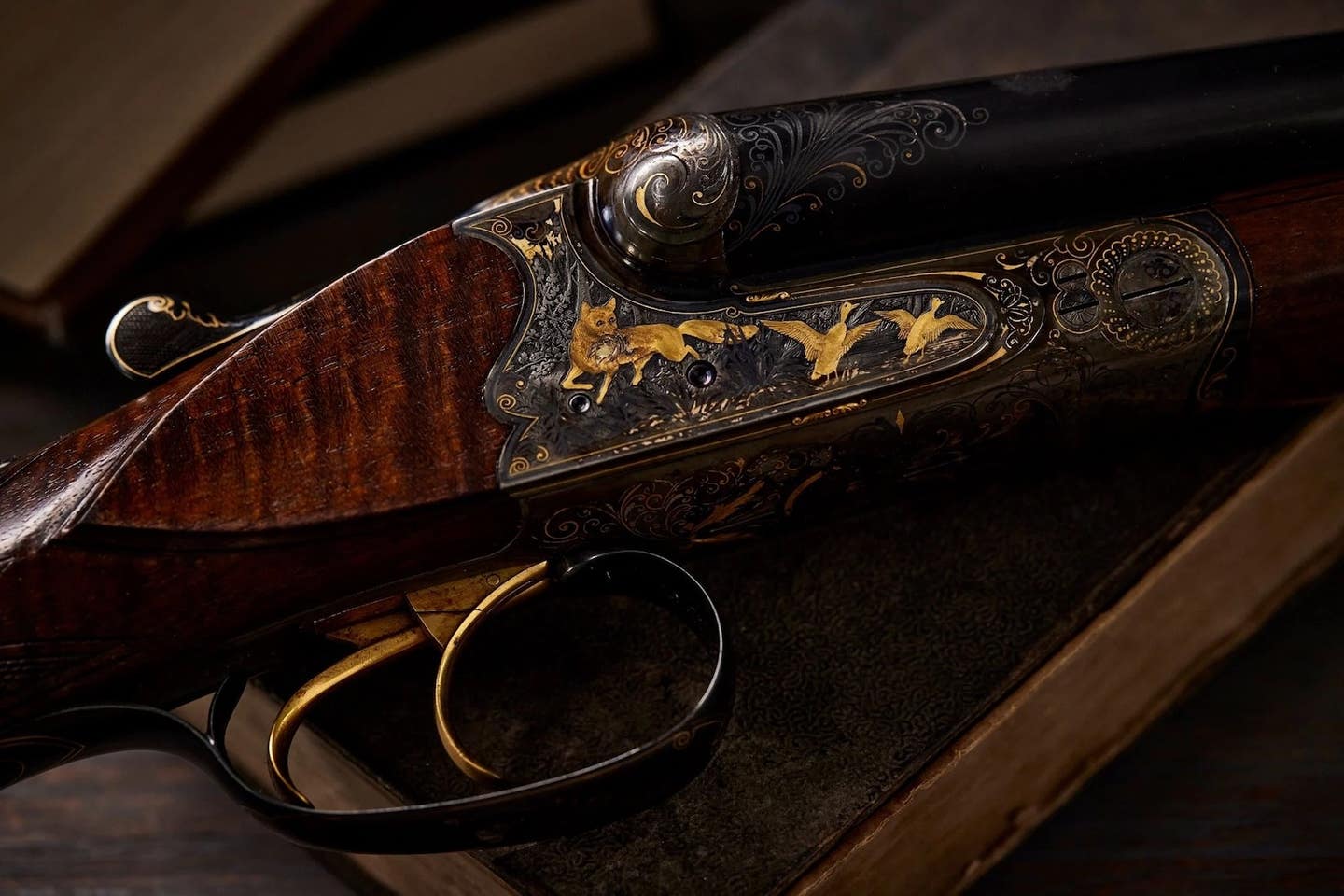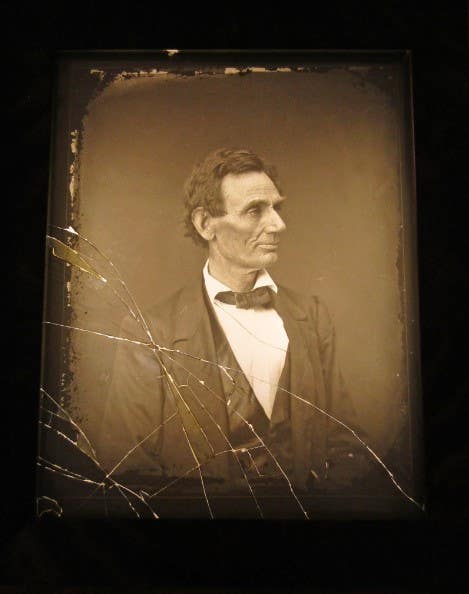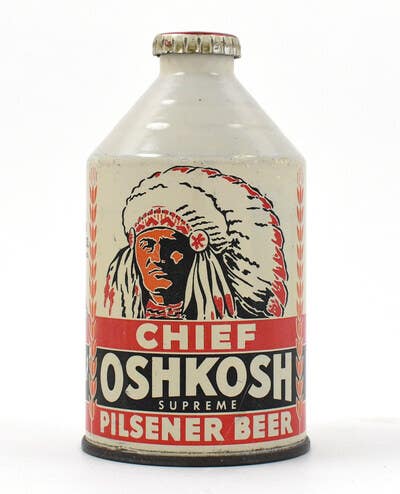Invalid and barber chairs share common history
There’s a lot to learn from the chairs we rest on, and in the latest installment of his Furniture Detective column, Fred Taylor reveals some truths about invalid and barber chairs.
We recently acquired this chair and need help to determine the age, what it should be called and what the approximate value would be.
It is walnut, iron is hand forged, caning is good and it works perfectly. It is 46 inches tall, 24 inches wide across the arms in the front; seat is 18-1/2 inches by 20-1/4 inches. Arms are 23 inches long, and when it is reclined it is 71 inches long. Condition is good and it does not appear
to have any damage or previous repairs. From the workmanship it appears to be a very early chair. Will look forward to your answer.
Thanks for the help.
— P.B., Rockville, Ind.
Thanks for the good pictures. I found the chair in two of my reference sources. It is either an invalid chair or a barber chair, circa 1880. Both the invalid chair and the early reclining barber chairs were the direct result of the flurry of folding patent chairs in the middle of the 19th century, courtesy of George Hunzinger, et al.
At first the invalid chair and the barber chair were essentially identical, but by the 1870s the forms had mutated into separate items. Your chair therefore is an invalid chair, identified as Renaissance Revival style by the round applied decorations on the front posts. I found almost the exact chair in “Furniture Made in America, 1875-1905” by E & R Dubrow, Schiffer Books, p. 227. The chair is from the 1881 catalog of the New Haven Folding Chair Co. It is called an Invalid Reclining Chair. It cost $21 in oak or $22 in walnut in 1881.
Another very similar chair is the Wilson Adjustable Chair patented by George Wilson in 1870-71. This chair was exhibited at the Centennial Exhibition in Philadelphia in 1876 as an invalid chair and also as a lounge chair for home use. Wilson originally worked in Chicago in several businesses, including Wilson, Pierce & Co., the Wilson Adjustable Chair
Co. and Wilson & Bayless and later moved to New York. Other major folding chair makers in Chicago were DeBert Hartley and George F Child. More on these manufacturers can be found in “Chicago Furniture, Art, Craft & Industry, 1833-1983” by Sharon Darling.
Since I have not been able to find a relevant recent price guide for this chair I hesitate to estimate a value. The most recent estimate I have is from the Dubrow book dated 1982 which priced the New Haven Chair at $120. However, I am very sure the chair would sell for considerably more than that.
___________________________________________________________
I found an old standing lamp at a yard sale that I want to refinish. I took all of the fixtures and wire out of it and began to strip it. It looked like wood and felt like wood but I found out that when I stripped it the “wood” was a graining of a sort. Now I am down to a pinkish layer of something that I can’t budge. I have used stripper, lacquer thinner, gasoline and mineral spirits on it and it won’t budge. I am sure there is wood under there but I can’t get to it.
Help, please.
— D.R., via email
On the surface it sounds like a real mystery but the answer is really simple. I discovered it once by accident. I was working on a similar piece several years ago and ran into the same frustrations as you have. I tried every solvent I could think of with no luck. It was a hot day and I was working outside on a table. My hands were very sweaty and hot from being inside the safety gloves I was using. I took my gloves off and when I picked up the piece to move it I noticed my hands were pink! That was the one solvent I hadn’t tried – water.
The pink layer was a form of gesso primer applied over rough inexpensive wood as a base coat for a painted and grained finish. I just rinsed it off good with the warm water that came from the hose lying in the sun, helping it along a little with a nylon scrubby pad. In less than 10 minutes I was down to bare wood, such as it was.
I dried it off with rags and let it dry out for several days. Then I hard sanded the wood and finished it with a dark walnut stain and several coats of lacquer. It came out very nice. Sometimes the simplest solution is the best.
[relatedPosts]
With more than 30 in the antique furniture business, Fred Taylor is a household name when it comes to the practical methods of identifying older and antique furniture: construction techniques; construction materials; and style.








